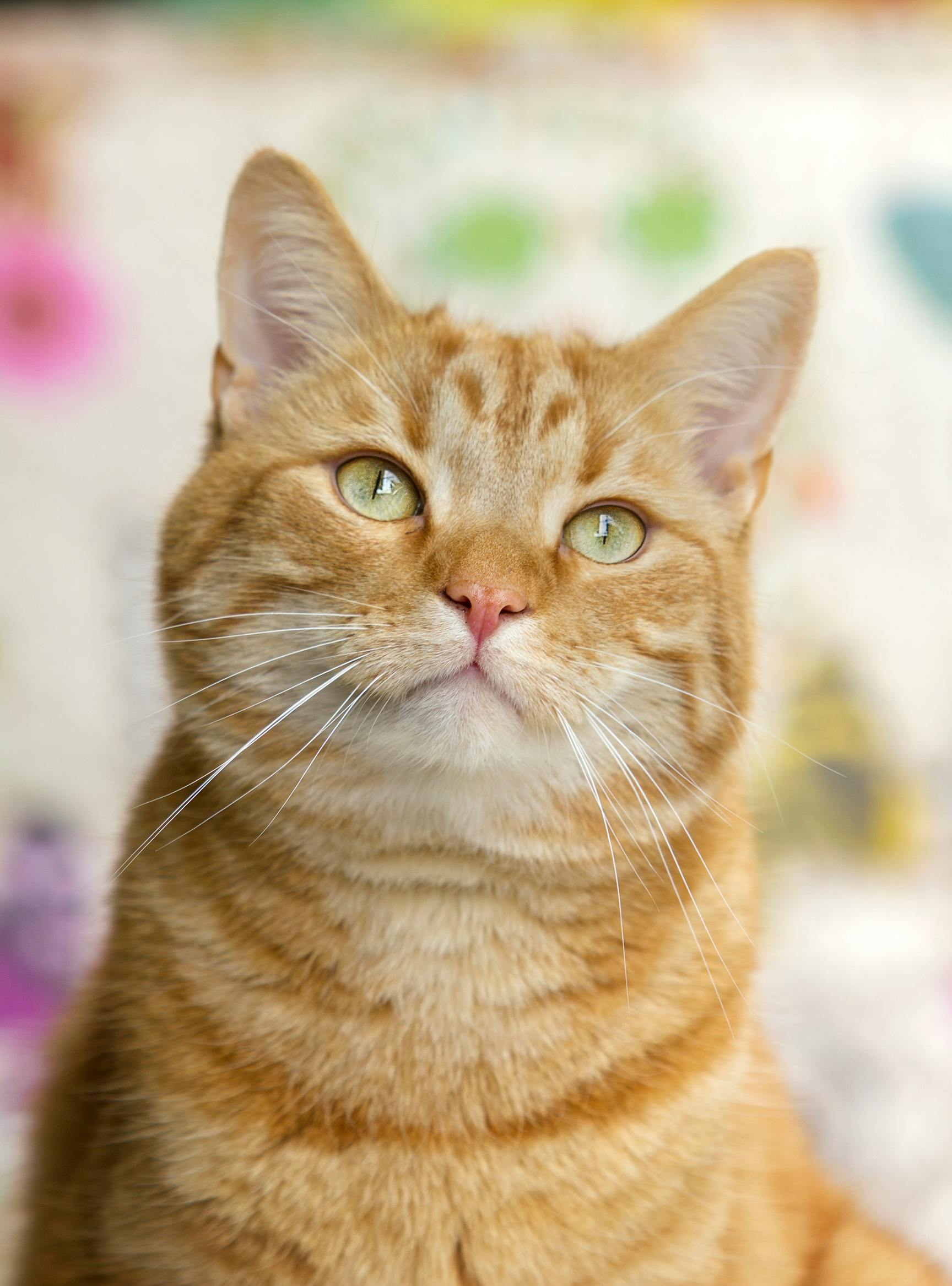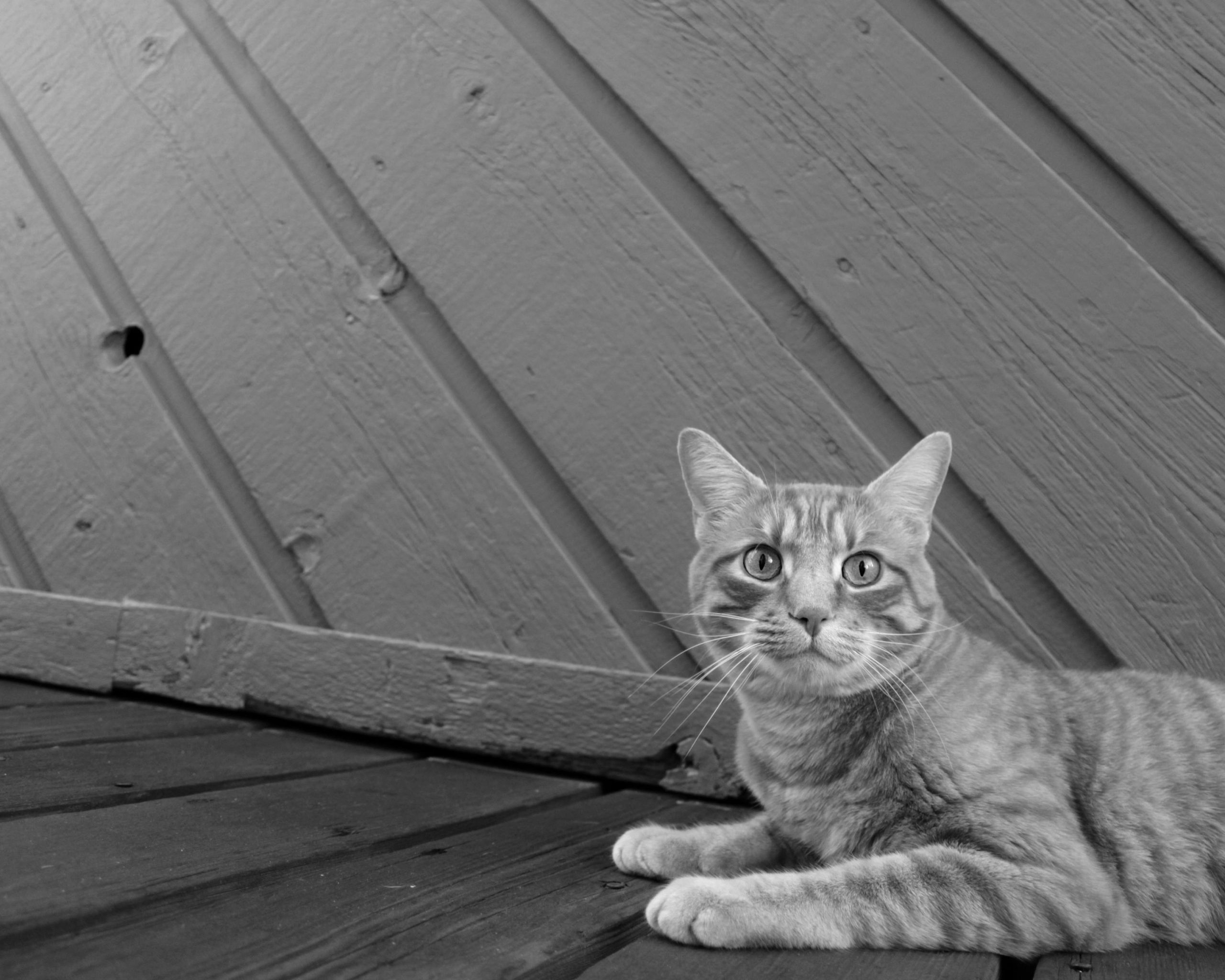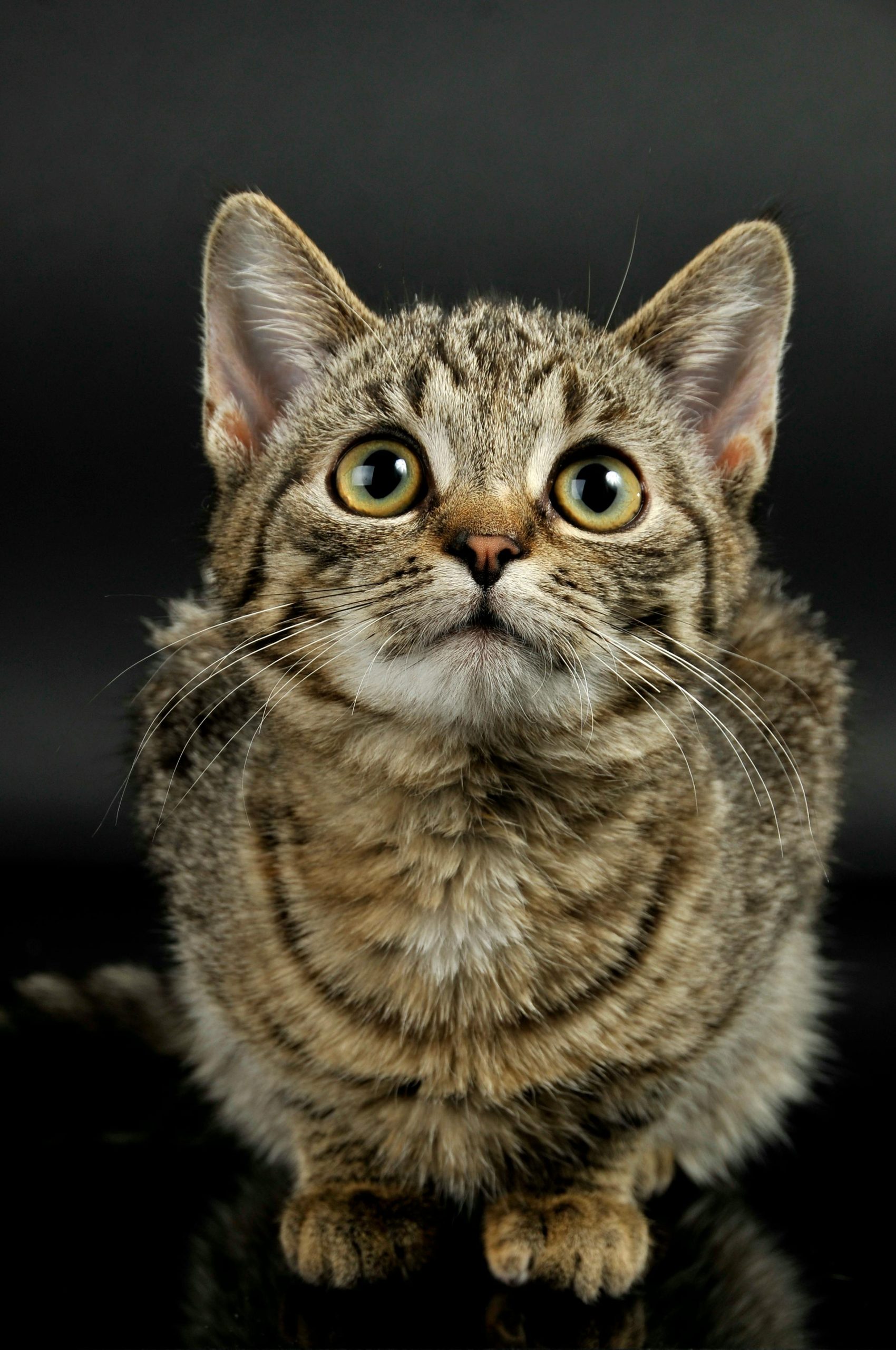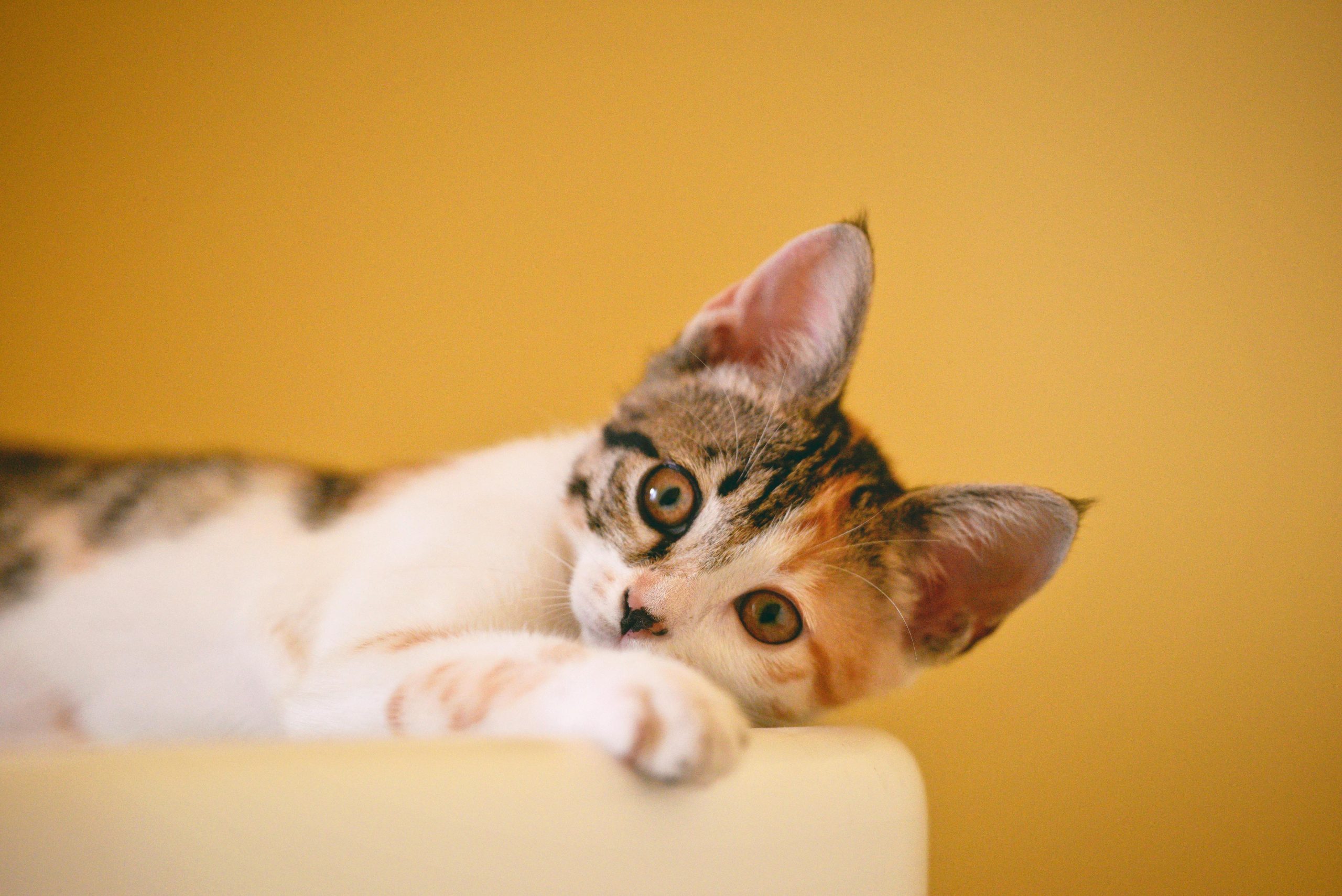1. Understanding the Purpose of Purring in Cats
Purring is a unique vocalization that cats produce, and it serves various purposes. Contrary to what some may believe, purring is not always an indication of contentment or relaxation. Cats can purr in different situations, including when they are stressed, injured, or in pain. Understanding the purpose of purring is crucial to determine whether it tires cats or not. Here are some key points to understand about the purpose of purring in cats:
- Communication: Purring is a form of communication for cats. While purring can indicate relaxation and contentment, it can also serve as a way for cats to communicate with their owners or other cats. It can be a signal for attention, comfort, or a request for interaction.
- Self-Soothing: Cats often purr when they are stressed or anxious as a means of self-soothing. Purring can help them calm down and alleviate their anxiety or fear in certain situations.
- Healing and Pain Relief: Purring has been associated with healing and pain relief in cats. It is believed that the low-frequency vibrations produced during purring can potentially aid in the healing of bones, reduce pain, and promote relaxation.
- Bonding: Purring can also serve as a bonding mechanism between cats and their owners. The act of purring can create a sense of closeness and strengthen the bond between a cat and its caregiver.

2. Does Purring Tire Cats?
While purring is generally not tiring for cats, there are a few factors to consider when determining its potential impact on their energy levels. Here are some points to consider:
- Energy Expenditure: Purring is a natural behavior for cats and does not require significant energy expenditure. Unlike activities such as running, jumping, or playing, purring is a relatively low-energy activity. Therefore, it is unlikely to tire cats in the same way that physical exertion does.
- Duration of Purring: Cats can purr for varying durations, ranging from short bursts to prolonged periods. If a cat purrs excessively for an extended time, it may experience fatigue or strain in the muscles involved in the purring process. However, in most cases, purring occurs intermittently and does not lead to exhaustion.
- Individual Differences: Each cat is unique, and their response to purring may vary. Some cats may find purring comforting and relaxing, while others may become overstimulated or agitated after prolonged periods of purring. It’s important to observe and understand your individual cat’s behavior and reactions to determine how purring affects them personally.
- Context and Environment: The context and environment in which a cat purrs can also influence its impact on their energy levels. For example, if a cat purrs during a stressful situation or in an environment where it feels threatened, it may experience increased fatigue due to heightened alertness and tension.

3. Signs of Fatigue in Cats
While purring itself may not tire cats, it’s important to be aware of signs of fatigue or exhaustion in felines. Cats, like any other living beings, can experience tiredness after physical or mental exertion. Here are some signs that may indicate fatigue in cats:
- Decreased Activity: A fatigued cat may show a noticeable decrease in activity levels. They may spend more time resting or sleeping and show less interest in play or exploration.
- Sluggish Movements: Fatigue can manifest as sluggish movements or a lack of enthusiasm in a cat’s behavior. They may move more slowly, have reduced coordination, or exhibit signs of lethargy.
- Excessive Sleeping: If a cat sleeps significantly more than usual or appears to struggle to stay awake, it could be a sign of fatigue.
- Loss of Appetite: Fatigue can sometimes lead to a loss of appetite in cats. If a cat shows a sudden decrease in food intake or displays disinterest in meals, it’s essential to monitor their behavior closely.
- Withdrawal or Irritability: A fatigued cat may exhibit signs of withdrawal or irritability. They may seek isolation, become lessresponsive to stimuli, or display signs of aggression or irritability when approached or touched.
It’s important to note that if you suspect your cat is experiencing excessive fatigue or any concerning symptoms, it’s recommended to consult with a veterinarian. They can provide a proper evaluation and guidance based on your cat’s specific needs and circumstances.

Conclusion
Purring is a complex behavior in cats that serves multiple purposes, including communication, self-soothing, healing, and bonding. While purring is generally not tiresome for cats, individual factors such as energy expenditure, duration of purring, and the cat’s unique response can influence its impact on their energy levels. It’s crucial to observe your cat’s behavior and be mindful of signs of fatigue or exhaustion, which may indicate the need for rest or medical attention. Remember, a happy and well-rested cat is a healthy cat.

Leave a Reply